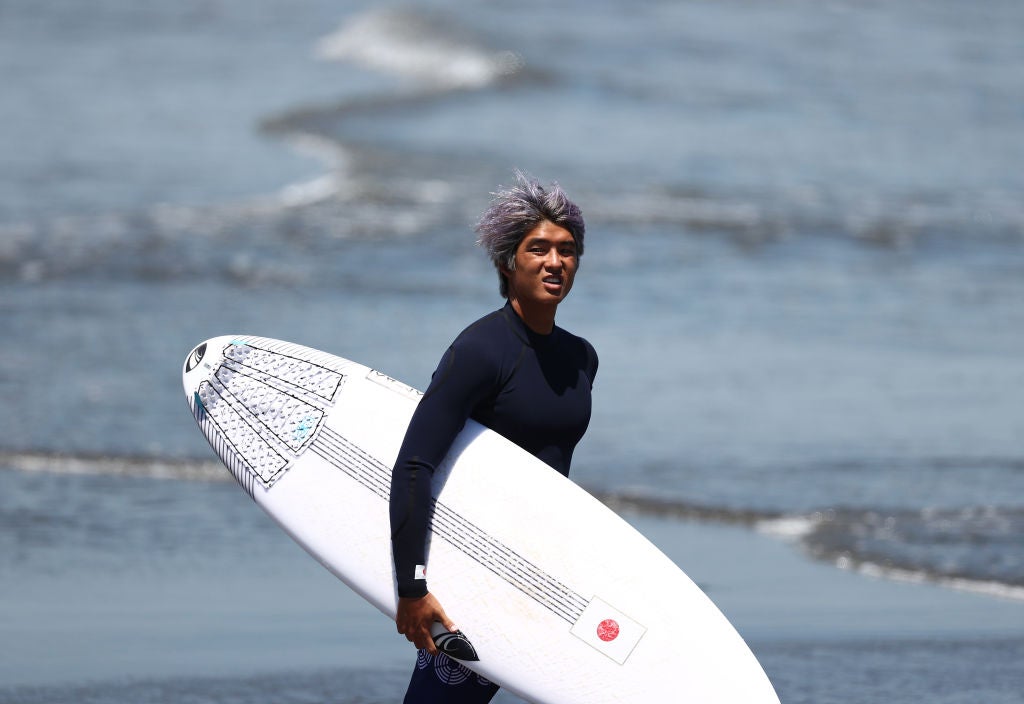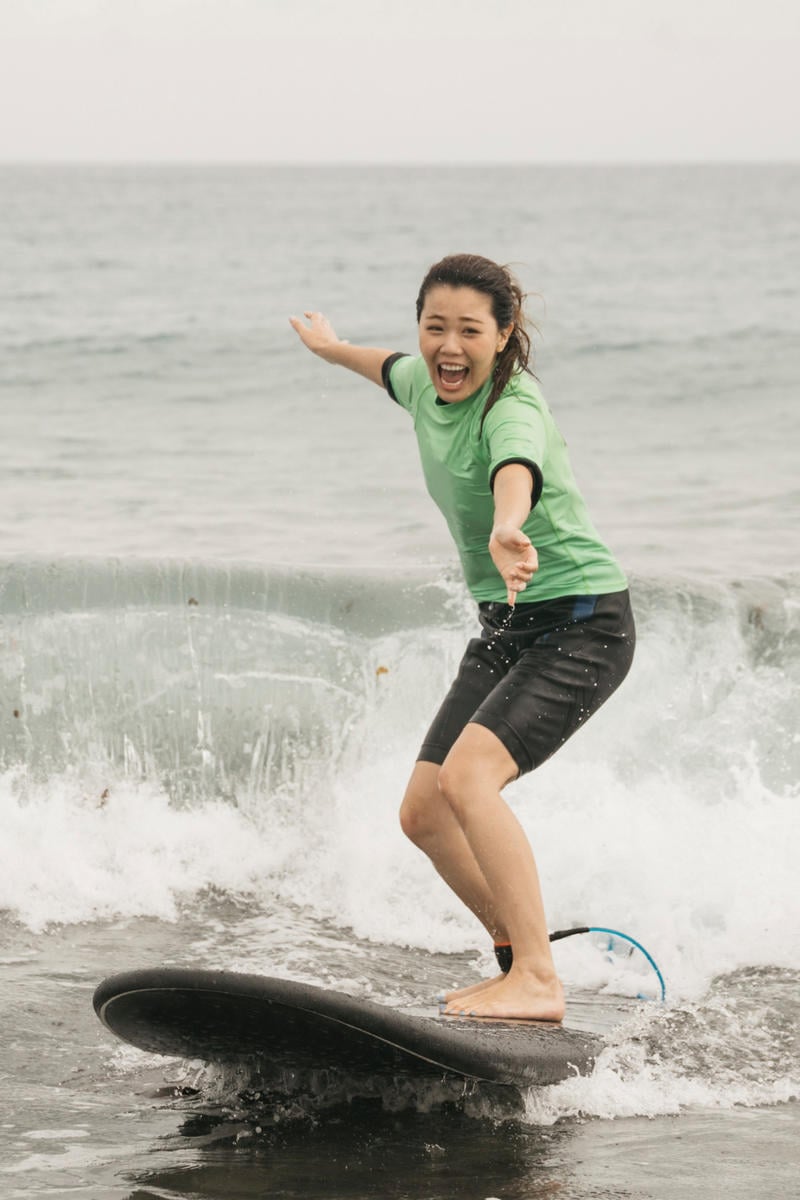

He never made it to California but did get closer to the ocean and surfing while completing a PhD in Tourism at the University of Otago, New Zealand.

His first contact with surfing was the result of a longing to be by the sea and the 1990s global surf industry boom: Pictures of Todos Santos covering the walls of his cold basement bedroom called him to California, while a copy of The Endless Summer for his birthday brought him closer to his dream. Doering’s path to publishing his latest paper about the ‘ Genealogy of Surf Tourism Development in Miyazaki, Japan’ was a long one. However, as a hockey player from the Canadian Prairies, Dr. Adam Doering, an Associate Professor at the Centre for Tourism Research in Japan’s Wakayama University has been drawn by this often neglected influence Japanese surf cultures have had on the global surf culture. Now, with surfing scheduled to premier as an alternative sport in the Tokyo 2020 Olympics, the role of Japan’s surf scene ought to be reconsidered.ĭr. Even so, over the past few decades the country has gradually internationalised its wave potential while also tacking together a peculiar surf culture in a Japanese sort of way.

#JAPANESE SURFER TV#
Igarashi's main sponsors in the western world include several familiar surfing and surf fashion brands, but his sponsors in Japan include a multinational skincare line, a cup noodle producer, and Visa.Ĭouple that with endorsements from Japanese airlines, soft drink companies, TV stations, a construction firm, and even regular appearances on Japanese reality TV, it’s easy to see why he’s become one of the most recognisable faces in Tokyo.Japan’s idiosyncratic personality is often associated more with sushi or samurai – not swells. Nationwide his popularity continues to grow. Japan places a lot of value on their athletes, and as the highest ranked Japanese surfer of all time, the Tokyo 2020 hosts have high expectations of him. Having had cameras follow his story and growth from a young age, it's not surprising he's so comfortable on camera. While his name is still on the rise in western surfing hot spots like Australia, Brazil, and USA, Igarashi is already a household star in Japan.Īt just 11 years old he starred in a Japanese reality TV show. He has a strong connection to his Japanese heritage and at home speaks Japanese with his family.ģ - Igarashi the Japanese Olympic celebrity In 2018 Igarashi chose to represent Japan as a way to honour his Japanese born parents, and the sacrifices they made to allow him to live out his surfing dream. "I travel all year, I really know these things, when a place is good or bad, there is something special here, whenever I leave Portugal I leave with more energy." - Igarashi Kanoa on Ericeira. "The food is amazing the people are so welcoming, so happy, I think the quality of life is really good," Igarashi told Portuguese Waves. Igarashi has even purchased two homes near fellow Olympic-qualified Surfer Frederico Morais. He fell in love with Portugal when he first started competing on the Iberian Peninsula, aged 18, and has since learned to speak Portuguese.
#JAPANESE SURFER WINDOWS#
In the small windows of opportunity when he's not competing, Igarashi returns to his adopted home in Ericeira, Portugal. The northern swells that hit the stretch of coast known as the “Seven Mile Miracle” are considered some of the best in the world, and to be the best you must surf the best.įor 10 months of the year, Igarashi now competes around the world on the WSL Championship Tour. As is the case for most elite surfers, his winter home became the North Shore of Oahu. From a young age, Kanoa then began following swell patterns around the world, finding a few consistent travel locations to further develop his surfing. It all started with his parents move from Tokyo to USA.
#JAPANESE SURFER PROFESSIONAL#
Like most professional athletes, Igarashi spends little time in one place. 2 - An international man with a love of Portugal


 0 kommentar(er)
0 kommentar(er)
